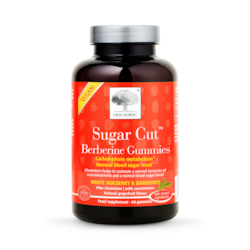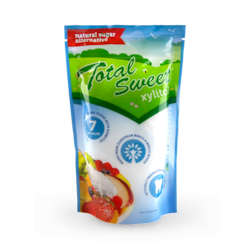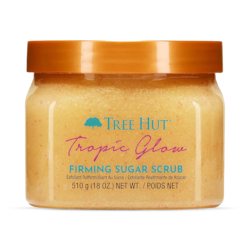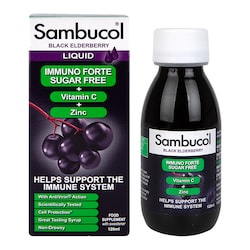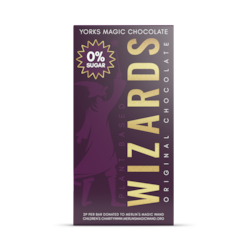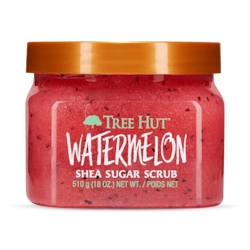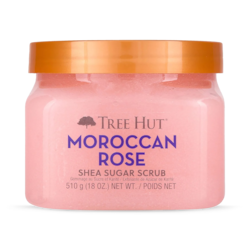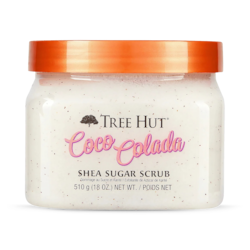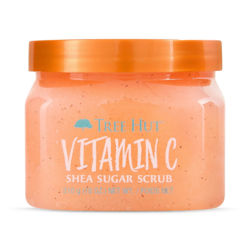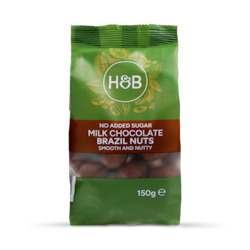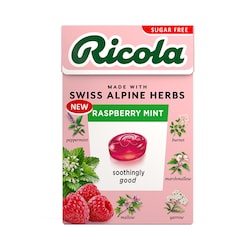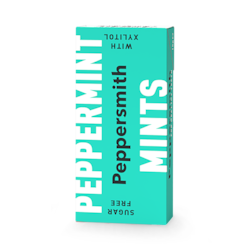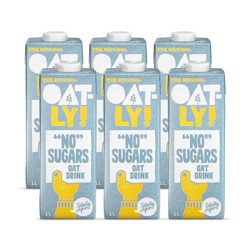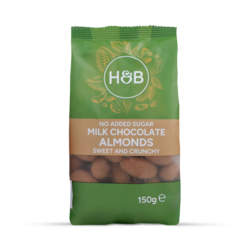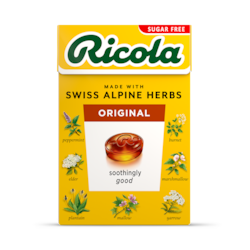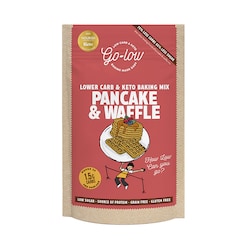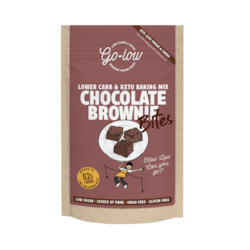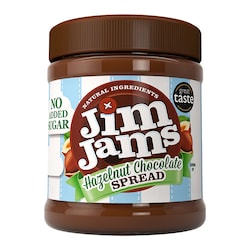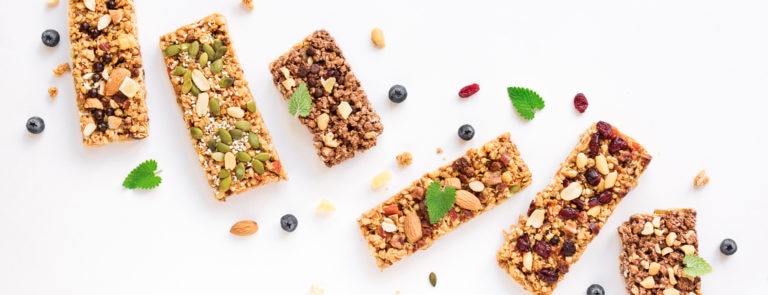We all know that cutting down on refined sugar and artificial sweeteners is good for our health and our waistlines. But how exactly can you make meaningful changes to your sugar intake without missing out on your favourite foods and flavours? There’s never been a better time to reduce your sugar intake.
Healthy reasons to reduce your sugar intake
For most people, a little bit of sugar is no risk to health. But the problem starts when we over-consume sugar on a regular basis. This is very easy to do, often without realising it. The amount of sugar in everyday food and drink has sky-rocketed in recent years, meaning that current generations eat more sugar than their grandparents (even if they don’t intend to).
Sugar is in so many foods, drinks, and snacks, including some surprising savoury foods like bread and sauces. Sugar is pure carbohydrate, which means it carries a significant calorie load for very little volume. Plus, sugary foods often leave us craving more so it’s very easy to over-indulge.
Over time, excess sugar can lead to tooth problems, diabetes, and can contribute to obesity and associated diseases. It makes sense to be aware of your sugar intake and take steps to minimise it when you can.
Handpicked content: A guide to sugar8 easy ways to cut back on sugar and sweeteners
1. Swap out sugary cereals
Most boxed cereals are a hidden source of sugar, leading to a lot of people eating sugary cereal, with milk, plus fruit juice (all sources of sugar) for breakfast. Instead, choose natural options like porridge made from plain rolled oats, or homemade muesli where you control the add-in extras (try shredded coconut or chopped nuts, and leave out the dried fruit). If you enjoy cereal, choose a low-sugar breakfast cereal or plain wheat option (check the label for wheat and no sugar).
But breakfast doesn’t have to be sweet at all. How about trying a savoury start to the day, with eggs or an omelette, tomatoes, spinach and a slice of rye bread if you need it. Many people find a savoury breakfast sets them up for better food choices throughout the day.
Handpicked content: Three easy but delicious porridge oat recipes2. Smarter sweets
If you feel the need for a sweet treat after dinner, use smart swaps to cut down on sugar but not on taste. Try creamy real Greek yoghurt or coconut yoghurt with berries and a sprinkle of seeds. Or make home-made ice-cream by blending protein powder with ice, dairy-free milk, and a pinch of xantham gum. Save the sugarier desserts as a once-a-week treat, rather than a regular habit.
3. Don’t drink your sugar
Lots of popular hot and cold drinks contain frightening amounts of sugar. Fizzy drinks, energy drinks, fruit juices, smoothies, and fancy coffees can contain more than 30g sugar. Replace your favourite with a healthier option, or rethink your regular order. Instead of fizzy pop, try adding fresh fruit or sugar-free squash to fizzy water. Instead of a sugary latte or frappuccino, try cutting down on the milk, and using a natural sweetener like Stevia or Sukrin Gold.
Remember that sugar comes in many forms, not just syrup and table sugar. Fruit in smoothies and juices contains hefty amounts of fructose, and all that milk in your favourite coffee is a lot of lactose (milk sugar).
4. Slow down the fruit sugar
Sugar from fresh fruit is a healthy choice because it comes with vitamins, minerals, and fibre. You can help your body cope with a dose of fruit sugar by pairing it with a little healthy fat. Some great combinations are apple slices with almond butter, sliced banana on top of coconut yoghurt with cinnamon, or berries and dark chocolate.
5. Drink more water
Eating sugary snacks can become a habit that we do without thinking. Next time you feel the need to reach for something sweet, have a drink instead. Most of us are slightly dehydrated during the day, and it’s easy to mistake thirst for hunger. Plain water is best, but you could also try a cup of herbal tea or green tea. Sweeter flavours of herbal tea, like liquorice, can also help satisfy a sweet tooth.
6. Get to grips with food labels
If you don’t already read labels on foods, drinks, sauces, dressings, and condiments, then it’s good to start. Sugar can be listed in lots of different ways, including fructose, high fructose corn syrup, dried cane syrup, fruit juice concentrates, molasses, agave, brown rice syrup, and sucrose to name just a few. Anything ending in —ose is a sugar.
Handpicked content: Healthy vs unhealthy sugars7. Get more ZZZs
The simple act of getting more good quality sleep will help you cut back on sugar. Ever noticed how your sweet tooth seems out of control when you haven’t had enough sleep? It’s a fact that most of us gravitate towards sugary comfort foods when we are sleep-deprived. Instead of trying to get a quick hit of energy from sugary food, boost your energy levels by sleeping. That’s what your body really wants.
8. Reorganise your kitchen and work space
Our environments can be a powerful factor in our eating habits. If you can’t banish all sugary snacks from your house or work space, try a quick reshuffle to minimise temptation. At home, store sweet treats out of sight or in hard to reach places, so that it’s more difficult to get them. At work, don’t keep sweets and quick-grab snacks in glass containers on your desk; keep them in your drawer. If your work reception (or a colleague’s work station) has sugary snacks on it, take a different route. Make it easy for yourself to battle those cravings.
Handpicked content: Top tips for healthy meal planning
Shop Food & Drink


